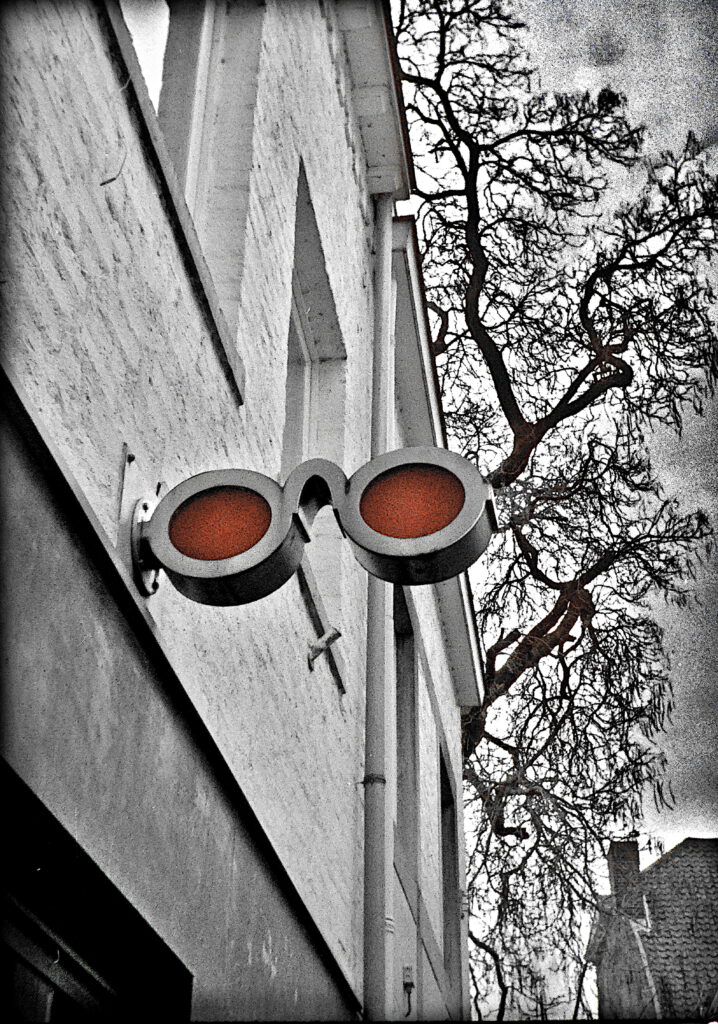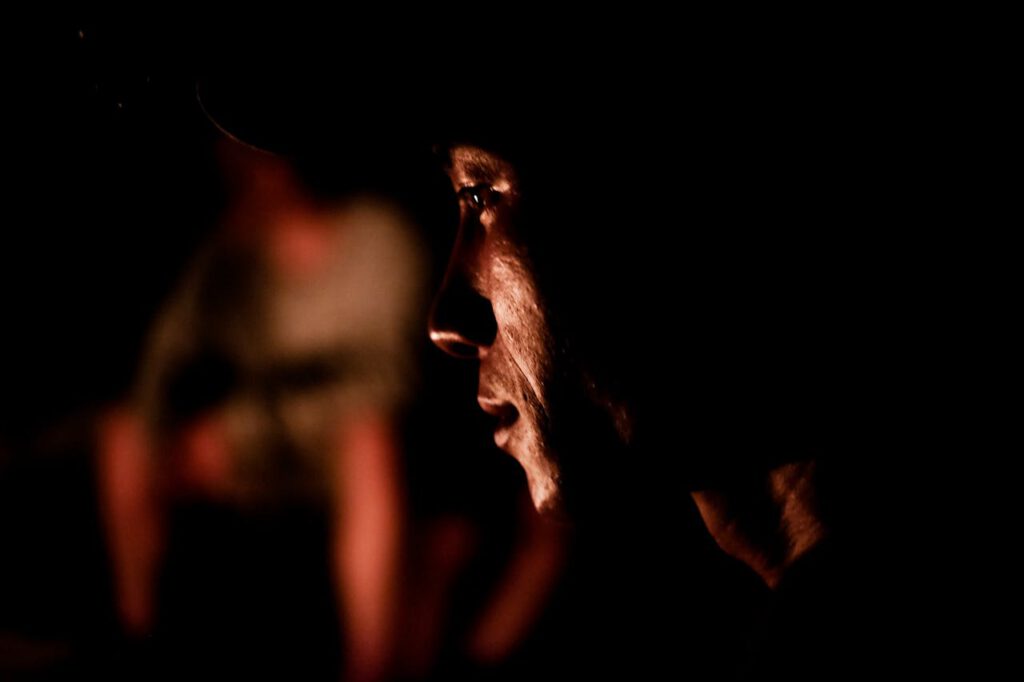Updated on July 7, 2025

First and foremost we have to ask ourselves why images can have such an impact. Even though words obviously have an impact, images have a decisive advantage over them. They have a more direct effect on consciousness. In contrast to writing and speech, processing during the cognition process is no longer necessary. Instead, images reach us even more directly.
But what makes images so impressive that they can suddenly trigger a wide variety of feelings in us? Unlike speech or writing, both constructed forms of communication, we can perceive images much more directly and intuitively. Our brains can recognize them many times faster. We capture the basic content of a photo in just around 0.1 seconds.
It’s always an exciting challenge to fill a picture with the life and feelings with which we photographed it.
Images often influence us more than words because they can evoke immediate emotional reactions. Visual information is processed faster than textual information, which means that we often perceive images intuitively and without much thought. In addition, images can convey complex ideas and feelings in a way that words sometimes cannot. They appeal directly to our senses and can awaken memories and associations that are deeply anchored in our memory. Therefore, images have the power to touch us in a very immediate and powerful way.
Visual information is processed faster than text for several reasons:
- Direct perception: the human brain is designed to recognize and interpret visual stimuli quickly. Images and graphics can convey immediate impressions, whereas reading text takes time.
- Parallel processing: The brain can process visual information in a parallel process, which means that it can capture several elements at the same time. With text, on the other hand, the brain has to read and understand the letters and words one after the other.
- Emotional response: Images can evoke strong emotional responses that are often immediate and intuitive. This emotional connection can increase processing speed as the brain responds more quickly to emotional stimuli.
- Cognitive load: Understanding text requires more cognitive effort as it involves decoding words, grammar and meaning. Visual information is often easier to grasp and requires less mental energy.
- Memory: People often remember images better than words. Visual information stays in the memory longer, making it easier to process and recall.
Overall, the way our brain processes visual information allows for a faster and often more intuitive response compared to text-based information.
Our ability to empathize with others and put ourselves in their shoes is deeply embedded in the architecture of our brain. This capacity for empathy is a fundamental aspect of human cognition, rooted in the way our brains are structured and function. Interestingly, photography plays a unique role in activating the network of brain regions that underlie empathy. Through visual imagery, photography has the power to engage certain areas of the brain responsible for empathetic responses, evoking emotions and connections that enhance our understanding and compassion for the experiences of others.
The power of the eyes

The viewer is naturally drawn to certain elements in photographs, prioritizing them over others in a predictable hierarchy. Foregrounds capture attention before backgrounds, human figures stand out over landscapes, and within faces, the eyes, mouth, and nose take precedence over other features. Visually striking elements—such as vibrant colors, centrally positioned subjects, or high-contrast compositions—command the most attention.
Eyes in Photography
Among all visual elements, the eyes in a photograph hold an extraordinary ability to captivate. Often described as the “windows to the soul,” eyes convey emotions, intentions, and stories with unmatched intensity. Whether expressing joy, sorrow, or curiosity, they forge an immediate emotional connection with the viewer, making them the focal point of any portrait. This magnetic effect stems from our evolutionary instinct to interpret social cues, where eyes signal trust, attention, or even danger. In photography, a direct gaze or a subtle glance can transform an image into a compelling narrative, ensuring it lingers in the viewer’s mind.

This power extends even to symbolic representations, as seen in the image on the right. The red lenses create a striking contrast, drawing the eye instantly and acting as a physical trigger. Symbolizing observation, they tap into our instinct to recognize eye-like shapes, evoking curiosity or intrigue—perhaps suggesting an optician’s presence—while their central, slightly tilted composition reinforces their dominance. It demonstrates that abstract eye symbols can engage viewers cognitively and emotionally with significant impact.
This captivating effect of visual stimuli on the human brain can be categorized into three types of triggers: emotional, cognitive, and physical. Emotional triggers resonate deeply by evoking feelings and personal connections. These emotional responses are immediate and profound, creating a lasting impact on the viewer. Cognitive triggers engage the mind, prompting curiosity or contemplation. These visuals provoke surprise, puzzlement, or intrigue, encouraging viewers to think more deeply about what they see. While powerful, cognitive triggers are generally less intense than emotional ones and fade more quickly. Physical triggers seize attention through their sheer visual presence. Bold colors, large-scale subjects, and stark contrasts act like visual magnets, stopping the eye and directing focus to key elements within the frame.
By understanding these principles, we can craft images that not only capture moments but also captivate hearts and minds, making every photograph a powerful storytelling tool fostering deeper emotional connections between photographer and viewer.



Dear Thomas,
Thank you a lot for sharing all this info.
Yesterday I bougth a III from 1951. Shutter times needed to be guessed after cocking the shutter. A drop of lighter fluid on the correct spot, it made my day!
The A runs like it should, even “B” and “T” without a problem.
( I am working on a Minox project at the moment, used several B’s and C’s, shot and developed myself 5 b&w films. Even made my own dev. spool. Did a cliptest with 20ml in a test tube…etcetc. )
Congratulations on your Minox A. The fact that you managed to get it working yourself makes it an even better experience.